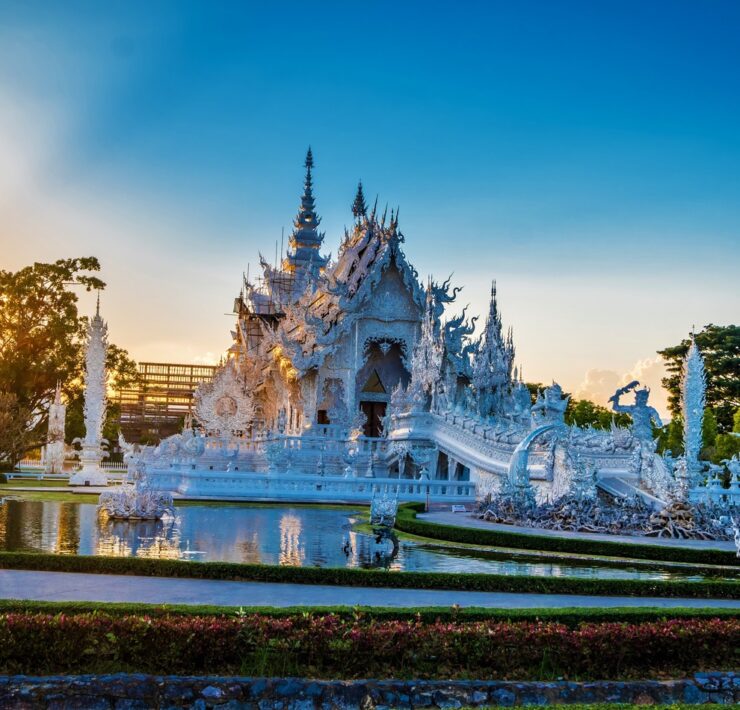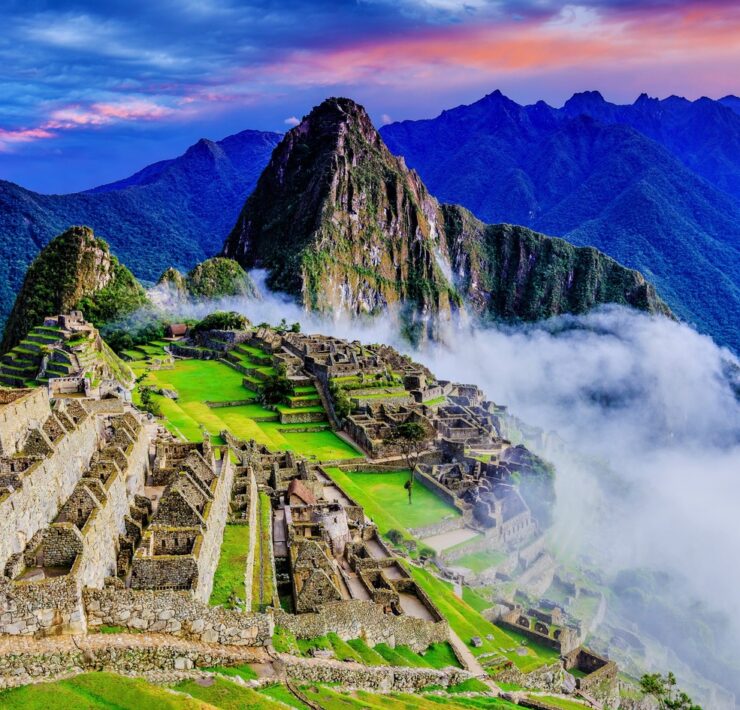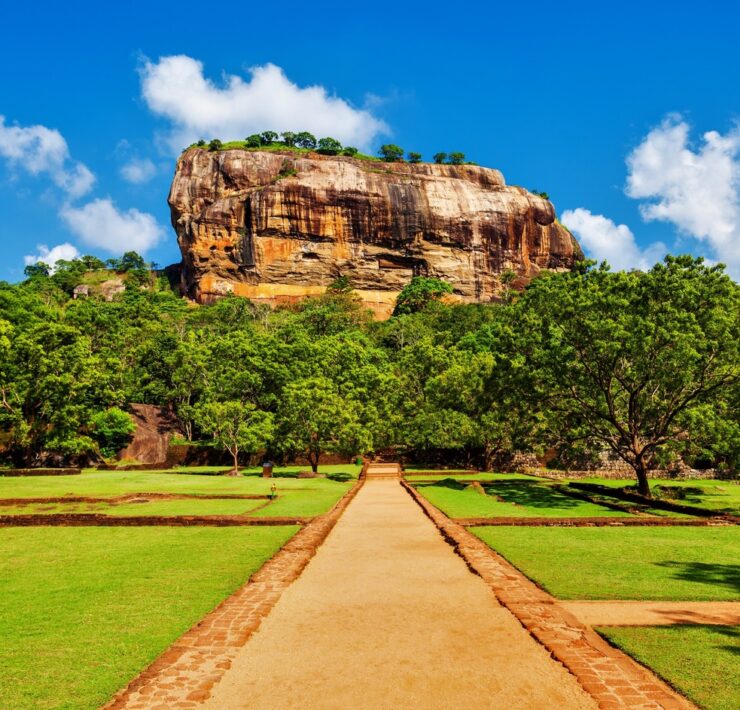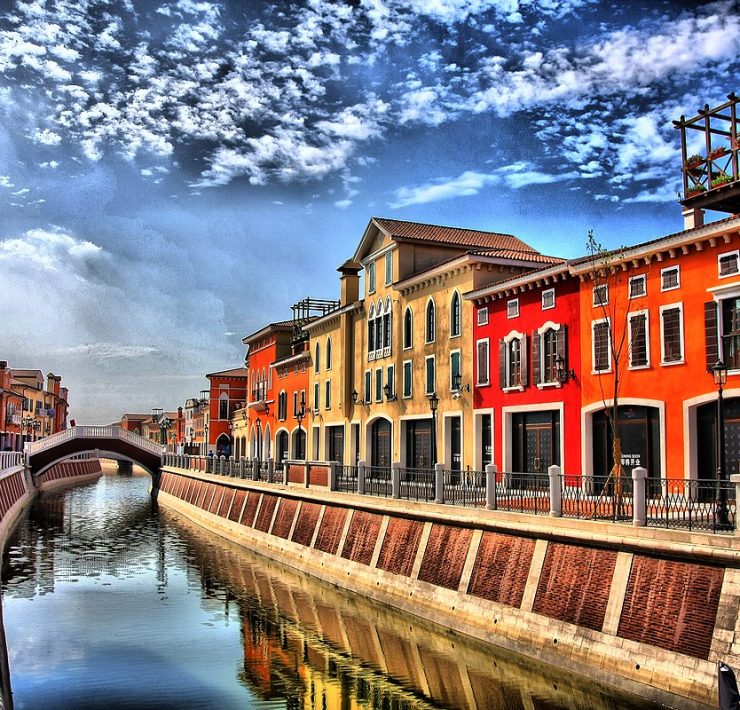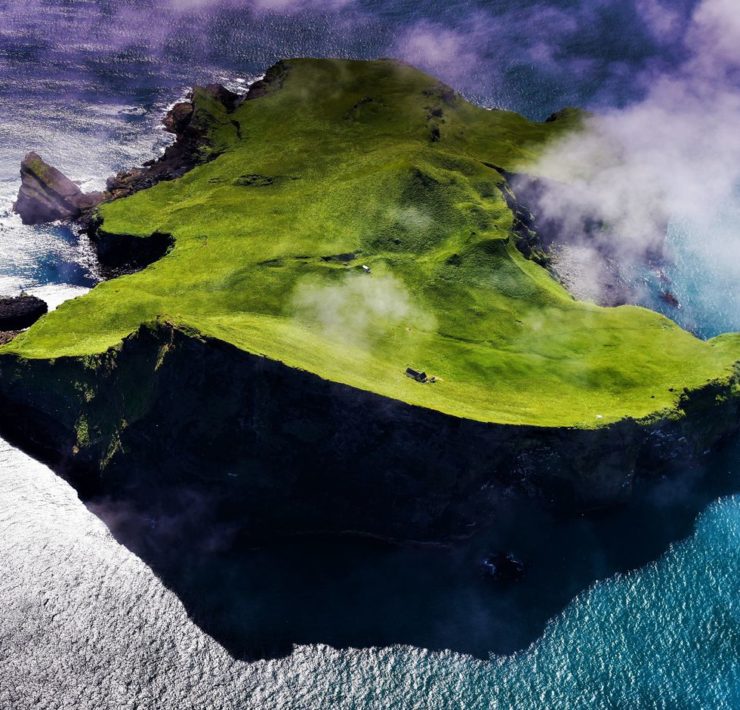Lake Titicaca is one of those distant and mystical travel locations, the kind you know you’ve heard about, but are not really sure exactly where it is and never really expect to ever visit. It straddles the border between Bolivia and Peru, and is one of the most culturally important, beautiful, and interesting destinations in South America.
Today the most famous inhabitants of the lake are the Uros people, an ancient indigenous people, who have been living in floating man-made islands in the middle of the lake for hundreds of years – ever since they were forced to move onto the lake when the might of the Inca Empire spread into their territory and took over their land. The islands are crafted from a type of reed, known as the totora reed, that grows in the lake, and the Uros people skillfully use bundles of the reeds tied together to create the floating islands they live upon. The islands are fixed to the bed of the lake to stop them moving, however if required the islands can be moved around the lake just like a boat. In addition to using the reeds for their land, the Uros people also use the reeds for their houses, for cooking utensils, to make boats for fishing, for furniture and to make various craft items including jewelery and other decorations.
Today, most travelers reach the lake either on land from the cities of La Paz in Bolivia, and Cusco or Arequipa in Peru; or by air via the small airport at Juliaca on the Peruvian side of the border, which is around 40 minutes away from the lake. The best base for travelers, due to its size and ease of access to the best sights the lake has to offer to tourists, is the Peruvian city of Puno.
Learn more about visiting Lake Titicaca
When On Earth Magazine is for people who love travel. We provide informative travel guides, tips, ideas and advice regarding places to see, things to do, what to taste, and much more for world travelers seeking their next dream vacation destination.

